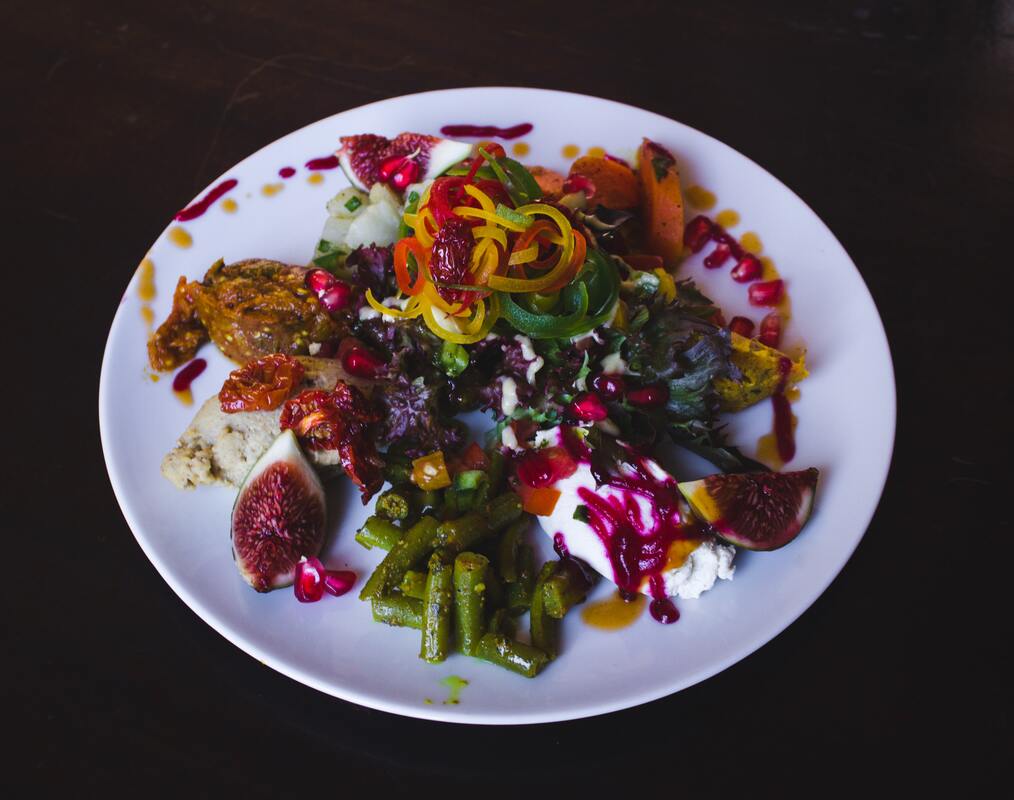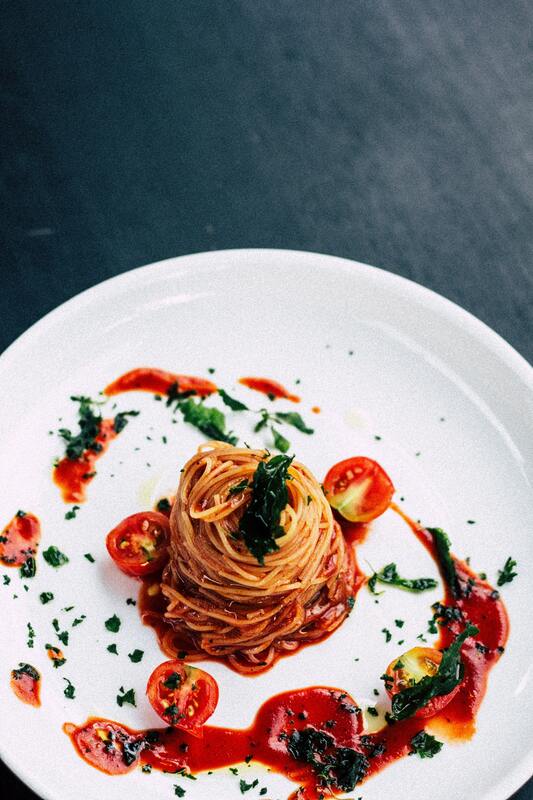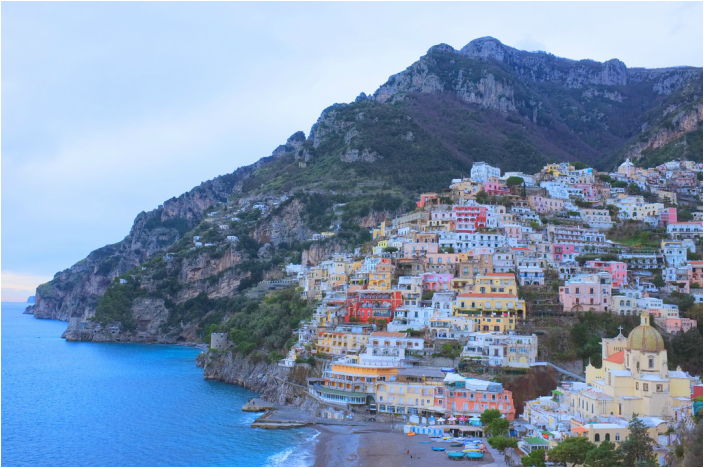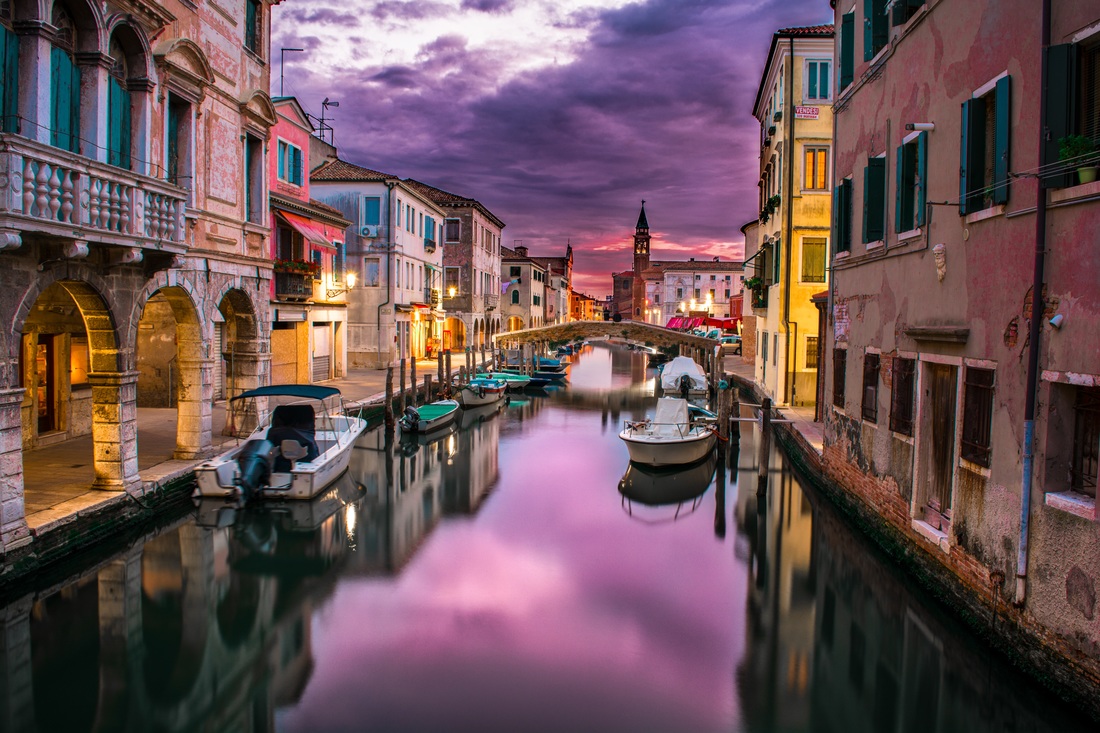For Italians, cooking and sharing food is no less than a way of life, whether it is at home with friends, in a humble trattoria or a fine-dining restaurant. Wherever it’s eaten, it’s always based around fresh, seasonal produce, which is the main reason that it is hard to talk about “Italian food” as a single entity. In fact, Italian food varies widely by region – and even village to village – and according to the time of year. Italians can be fiercely parochial when it comes to food and invariably think of their version of a dish as the best.

Many ingredients are used across the country with some more so in certain regions than others. Broadly speaking, northern Italian food centres around butter, meat, potatoes, pork, Parmigiano and other types of cheeses, while southern cooking is more focused on olive oil, tomatoes, eggplant, capers and fresh fish. Some key Ligurian ingredients include fish and seafood, basil (as featured in the popular pesto alla Genovese, prosciutto, sausage, salami, and truffles. Above all, Italians believe in simplicity and respect for good produce, so some of the most beloved dishes of Italians comprise just a few simple ingredients, carefully selected and served at their prime. Cheese and wine are a major part of the cuisine, as is coffee, particularly espresso.









 RSS Feed
RSS Feed

